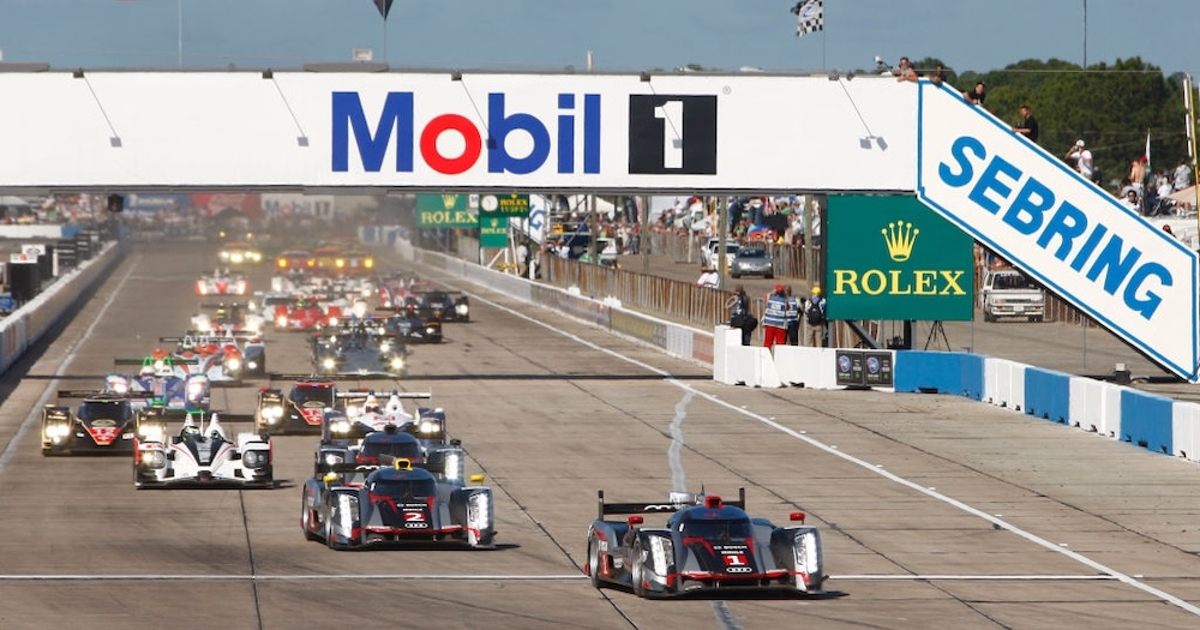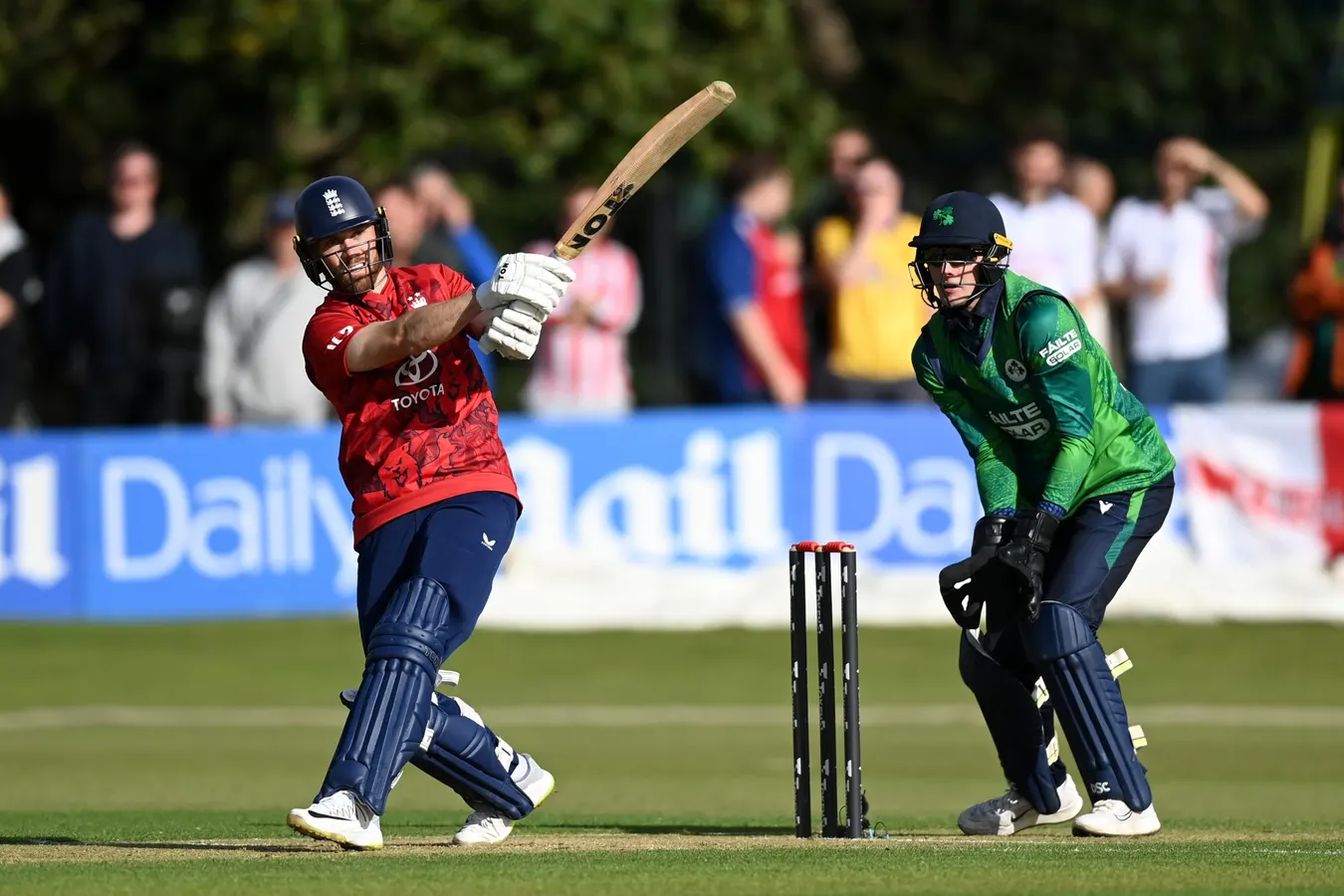
As we reach the FIA World Endurance Championship’s 100th race this weekend at the Fuji Speedway, it’s the perfect time for reflection on the ACO and FIA’s 14-year journey with its globe-trotting sportscar product.
It’s been a rollercoaster ride since the first race at Sebring back in March 2012 (main image), but, like the area of the sport that it forms the top tier of, it has endured through several peaks and troughs, eventually leading to the remarkable current era.
It’s easy to forget that the championship started life on rocky ground when Peugeot infamously pulled its LMP1 program at the 11th hour while members of its team were on a flight to Florida for pre-season testing. It was a worrying flashpoint, but one which in hindsight, didn’t deter Audi and Toyota from committing long-term to a platform they both believed in, and in the case of Toyota, still does to this day.
Toyota in particular deserves its plaudits for joining the championship early to fill the Peugeot-sized hole in the LMP1 class that season with a developmental car and ultimately going on to form the backbone of the WEC through its most challenging times. Right now the championship is in the rudest of health, but it shouldn’t be forgotten that just a few years ago, during the transition to Hypercar from LMP1, which was bruised by the impact that the pandemic had on travel and finance, things looked particularly bleak.
Toyota is the only factory that has supported the top prototype class since Season One and in the wake of Audi and Porsche’s withdrawals in 2016 and 2017, respectively, it continued to support the back end of the astonishing LMP1 Hybrid era.
It isn’t the only brand and/or team that should be celebrated, though. The likes of AF Corse/Ferrari, Audi, Proton Competition, Aston Martin Racing, Rebellion Racing, Porsche, Manthey, WRT, United Autosports, and many more all played a part in supporting the WEC in its times of need, when LMP1 and later GTE costs got out of control, the global economy dipped, and the pandemic put everything on hold.
The blend of triumph, tragedy, and heartbreak that the racing has produced has been fascinating to follow over the years. Looking back at the WEC’s first 99 races, of which I feel extremely lucky to have been on hand for 67, there are so many moments that stand out.
In the first campaign, seeing Hybrid-powered LMP1 prototypes do battle at Le Mans for the first time was mesmerizing. Toyota’s spirited challenge to Audi in its first-ever outing with the TS030 failed to go the distance due to a monster shunt for Anthony Davidson in the No. 8 and an engine failure for the No. 7, but it was a taste of the golden years ahead.
That year’s Le Mans 24 Hours also welcomed the very first Garage 56 project, for the Nissan Deltawing, which drew plenty of attention to the Japanese brand and eventually led to the board signing-off the ill-fated GTR-LM NISMO program for 2015. It also paved the way for several other innovative efforts that took on the Grand Prix d’Endurance, like the SRT 41 Morgan LMP2 driven by quad amputee Frederic Sausset, and of course, the blockbuster Chevrolet Camaro ZL1 effort to celebrate NASCAR’s 75th anniversary in the centenary edition of Le Mans in 2023.
Le Mans over the years has of course provided the WEC with its showpiece event each season, and rarely failed to produce major drama across each of the key categories.
At the top, who could forget the iconic sight of Kazuki Nakajima stopping on the pit straight right at the end of the 2016 Le Mans 24 Hours in the leading Toyota TS050? Ferrari winning Centenary Le Mans in fine style with the 499P after a simply magnificent week-long celebration of the event sticks in the mind too, as does Audi’s final LMP1 Le Mans win with the R18 in 2014, following a titanic scrap with the maturing Toyota team and Porsche, the new kid on the block at the time with its 919.
LMP2 has had its time in the spotlight. WRT’s No. 41 ORECA stopping out on track on the very final lap from the lead in 2021 was painful to watch. Jackie Chan DC Racing’s near miss fighting for the overall honors with LMP2 cars in 2017, after Porsche and Toyota’s challengers hit major trouble in the heat was an underdog story for the ages.
The prime GTE years were regularly box office too. Jonny Adam and Jordan Taylor going at it hammer and tongs for the GTE Pro win in 2017 was of the most electric Aston Martin vs Corvette battles the Circuit de la Sarthe has ever seen, and the somewhat controversial Ford vs Ferrari duel in 2016 between Chip Ganssi Racing and Risi Competizione which marked a turning point in the category’s story. Losing Allan Simonsen in the opening laps of the 2013 race, unfortunately, cannot be ignored either; it made for a dark weekend that remains painful to recollect.
But through all the tough moments, the show went on. For everyone in the paddock who has toured the world with the WEC, it’s ultimately the people behind the scenes and some of the quirkier moments at the shorter races that have defined the journey to 100. It’s the growth in the profile of the races that take place before and after Le Mans each year that has ensured the championship has remained viable and, let’s hope, laid the foundations for a long and prosperous future for international sportscar racing.
Some of the most spectacular individual performances, for instance, have come at the most sparsely attended events. Sebastien Buemi, the man with the most race starts in WEC history, was mercurial in the 2024 season finale to help deliver Toyota the Manufacturer’s title. It still puzzles many to this day how Mark Webber, with his 919 failing in Shanghai in 2015, made it to the finish.
The most controversial and dramatic sequences have often come when the WEC has ventured outside Europe. The clash between Richard Bradley’s KCMG ORECA and Gustavo Yacaman’s G-Drive Racing Ligier at Fuji, which had major implications in the 2015 LMP2 title race, sent an audible gasp through the press room. Jose Maria Lopez ending up on his roof at Sebring in 2022 was an eye-opener. And the chaotic end to the 2021 season in GTE Pro, which saw Ferrari and Porsche butt-heads as rivals in Bahrain, was an unforgettable sequence.
There have been all sorts of ideas and decisions on the road to Sunday’s race in Japan that have ranged from genius to downright bizarre. The transition to a winter calendar with the so-called ‘Super Season’ was puzzling. The LMP1 ruleset, which would have required cars to finish the Le Mans 24 Hours on electric power that never was, seemed destined to fail. The original concept of convergence being drawn up between the FIA, ACO, and IMSA proved a masterstroke, as was the move to introduce GT3 into the fold and the decision to implement BoP for the Hypercar class.
In fact, I have a clear memory of being involved in a spirited debate in the back of a team truck at Spa back in 2019, with a team boss who was adamant Hypercar would be the death of the WEC: “It’ll never work,” they said. “I don’t see any manufacturers queuing up for this. Do you?” How wrong they were…
Things have changed, a lot, in the paddock since the championship’s humble beginnings. It all felt pretty rustic in the early years, when the entry list would be chopped and changed for every stop on the calendar and there was far more scope for teams to regularly turn up with something new – or old – and compete. Nowadays, it’s more of a corporate environment, and that has its pros and cons. The garages, cars, drivers and TV products have never been better presented, but the weekends have never been busier, and the pressure on everyone to perform has never been higher.
Yet something that the WEC hasn’t lost through its various guises is its general spirited atmosphere. Everyone involved, from the officials in race control, team members in the garages, photographers behind the barriers, reporters behind their desks, commentators in the booth and of course drivers behind the wheel, all work tirelessly through each season to keep the train rolling. To so many of us, WEC races still feel like a comfort blanket, like home.
Parachuting into these race meetings and working on little to no sleep can be a grueling task, yet when everyone comes together each November after the season finale for the end-of-season awards in Bahrain, the general vibe is always one of pride.
It’s been quite a ride under the leadership of ACO President Pierre Fillon and the two CEOs, Gerard Neveu and Frederic Lequien. Through the good times and the bad, the WEC has stuck the course, and the hope is that with so many factories deeply embedded in the championship right now, and more on the way, that we still find ourselves in the opening chapters of this story.
So here’s to the WEC’s 100th race, and here’s to 100s more to come…



